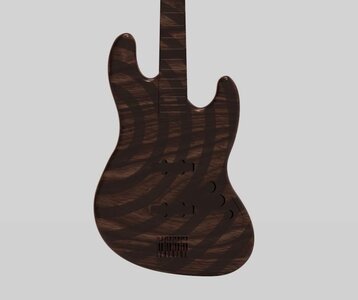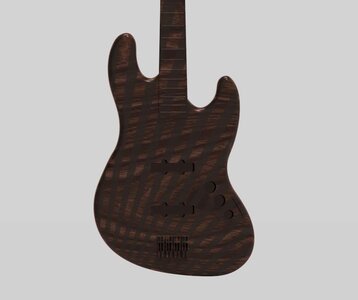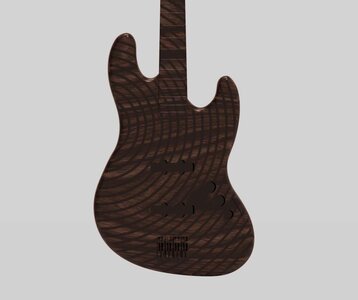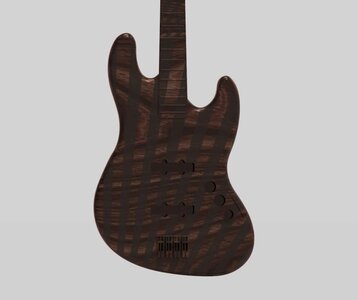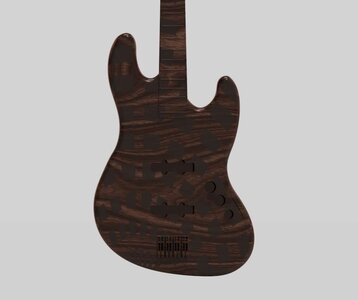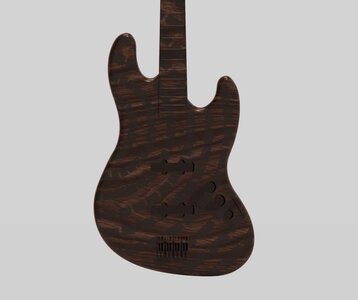So a quick intro. I'm an industrial designer by trade. It's my job to make physical products function well and look good...everything from cars to cell phones, faucets to sunglasses. I've been playing bass on and off for about ten years now, and I've decided to try my hand at building one of my very own.
The good news is that I'm proficient with building and working with my hands. I build prototypes all the time. It's a big part of my profession. I also am well-versed in CAD, and I will probably CNC the more complicated parts of the build.
The challenge will be the very steep learning curve of building a bass. I'm sure that there's a lot that goes into it. I don't even know what I don't know yet. But it should be fun.
The first build will be a hollow body four string fretless. Maybe one pickup by the bridge as well as a piezo pickup to imitate that woody acoustic upright sound. I was inspired by the Rob Allen fretless basses as well as the Godin A4 fretless.
I want to do a mahogany body with a walnut top. I probably will buy a stock warmoth neck for this go-around just to keep things a bit simpler. I also think it would be cool to do some kind of laser-etching on the top. Kind of like pictured here:

Please note, that is not my work. Just an example of what I'm talking about when I say laser etching.
Like the beginning of any project, I have begun to experiment with body shapes, and ended up with a couple very slight variations on a more rounded design.

The good news is that I'm proficient with building and working with my hands. I build prototypes all the time. It's a big part of my profession. I also am well-versed in CAD, and I will probably CNC the more complicated parts of the build.
The challenge will be the very steep learning curve of building a bass. I'm sure that there's a lot that goes into it. I don't even know what I don't know yet. But it should be fun.
The first build will be a hollow body four string fretless. Maybe one pickup by the bridge as well as a piezo pickup to imitate that woody acoustic upright sound. I was inspired by the Rob Allen fretless basses as well as the Godin A4 fretless.
I want to do a mahogany body with a walnut top. I probably will buy a stock warmoth neck for this go-around just to keep things a bit simpler. I also think it would be cool to do some kind of laser-etching on the top. Kind of like pictured here:
Please note, that is not my work. Just an example of what I'm talking about when I say laser etching.
Like the beginning of any project, I have begun to experiment with body shapes, and ended up with a couple very slight variations on a more rounded design.
